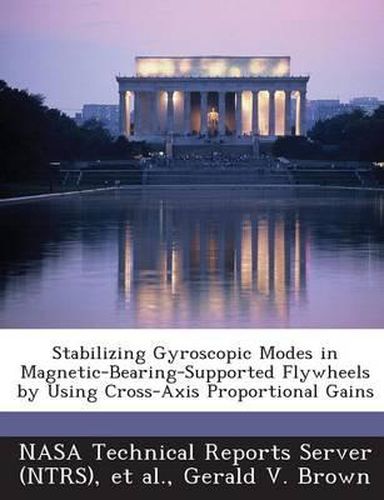Readings Newsletter
Become a Readings Member to make your shopping experience even easier.
Sign in or sign up for free!
You’re not far away from qualifying for FREE standard shipping within Australia
You’ve qualified for FREE standard shipping within Australia
The cart is loading…






For magnetic-bearing-supported high-speed rotating machines with significant gyroscopic effects, it is necessary to stabilize forward and backward tilt whirling modes. Instability or low damping of these modes can prevent the attainment of desired shaft speed. We show analytically that both modes can be stabilized by using cross-axis proportional gains and high- and low-pass filters in the magnetic bearing controller. Furthermore, at high shaft speeds, where system phase lags degrade the stability of the forward-whirl mode, a phasor advance of the control signal can partially counteract the phase lag. In some range of high shaft speed, the derivative gain for the tilt modes (essential for stability for slowly rotating shafts) can be removed entirely. We show analytically how the tilt eigenvalues depend on shaft speed and on various controller feedback parameters.
$9.00 standard shipping within Australia
FREE standard shipping within Australia for orders over $100.00
Express & International shipping calculated at checkout
For magnetic-bearing-supported high-speed rotating machines with significant gyroscopic effects, it is necessary to stabilize forward and backward tilt whirling modes. Instability or low damping of these modes can prevent the attainment of desired shaft speed. We show analytically that both modes can be stabilized by using cross-axis proportional gains and high- and low-pass filters in the magnetic bearing controller. Furthermore, at high shaft speeds, where system phase lags degrade the stability of the forward-whirl mode, a phasor advance of the control signal can partially counteract the phase lag. In some range of high shaft speed, the derivative gain for the tilt modes (essential for stability for slowly rotating shafts) can be removed entirely. We show analytically how the tilt eigenvalues depend on shaft speed and on various controller feedback parameters.